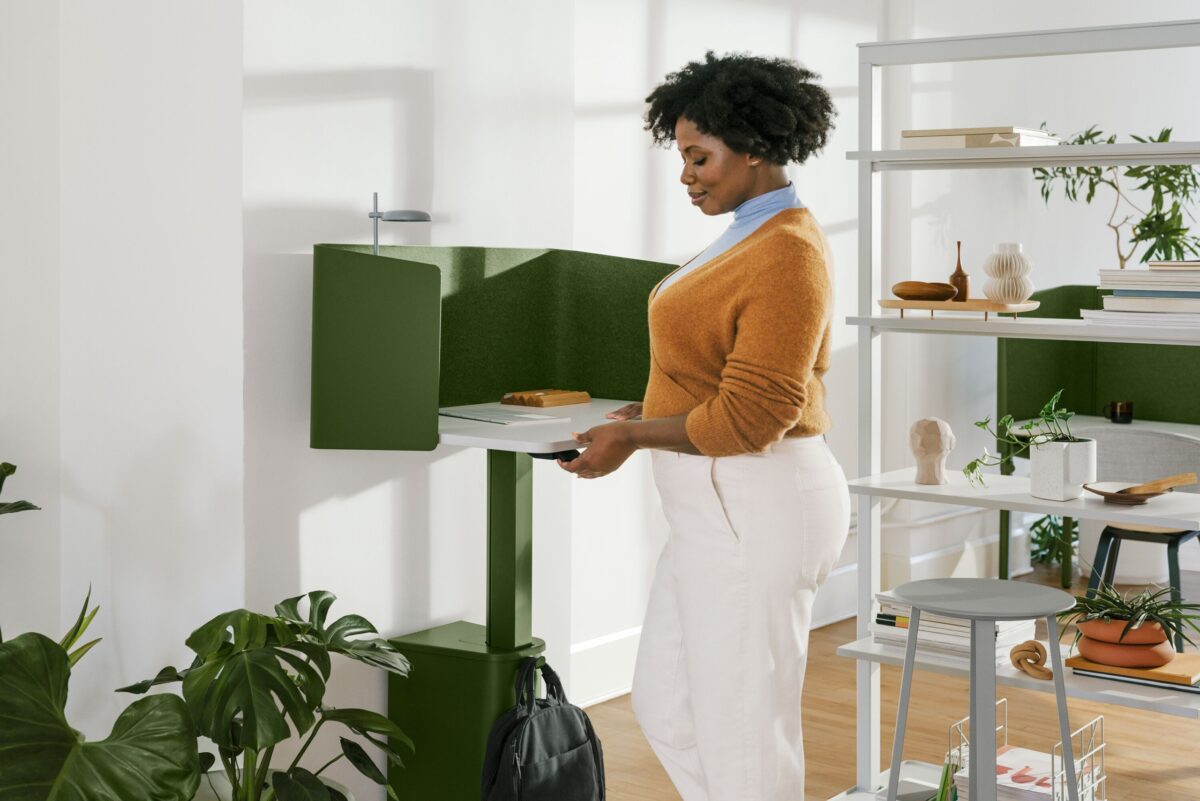In the digital age, our personal data has become one of the most valuable resources in the world. Every time we browse the internet, shop online, use social media, or even simply carry a smartphone, we create digital footprints. These footprints reveal information about who we are, what we like, where we go, and how we live. As technology continues to advance, data collection has grown rapidly, making data privacy more important than ever before. Individuals and businesses are beginning to recognize the value of protecting this information and the potential consequences when it falls into the wrong hands.
Personal Data Is Collected Everywhere
Most people do not realize how much data they share daily. Websites track browsing habits, apps request access to personal information, and smart devices constantly gather data to provide personalized experiences. While some data collection helps improve convenience, it also creates risks. Companies store huge amounts of sensitive information, including contact details, financial data, purchase history, and location tracking. When this information is not protected effectively, it becomes vulnerable to misuse.
The Rise of Data Breaches
One of the biggest reasons data privacy has gained attention is the increase in data breaches. Large companies, banks, healthcare systems, and government agencies have all experienced breaches that exposed the personal information of millions of people. These incidents remind us that no system is completely secure. When hackers gain access to personal data, the consequences can be severe. Victims may experience identity theft, financial loss, and long-term effects on their credit and security.
For businesses, a data breach damages more than just finances. It can destroy customer trust, harm reputation, and lead to legal consequences. This has pushed organizations to take stronger measures to protect data and show customers that their information is handled responsibly.
Stronger Privacy Regulations Are Emerging
Governments around the world have started to introduce laws to protect personal data. Regulations such as the General Data Protection Regulation (GDPR) in Europe and the California Consumer Privacy Act (CCPA) in the United States give users more control over how their data is collected and used. These laws require companies to be transparent about data practices and to gain permission before gathering certain types of information.
This shift shows how data privacy is becoming a recognized right rather than an optional policy. Companies must now consider privacy as a core part of their operations, not just an afterthought.
Consumers Are Becoming More Aware
People are becoming more cautious about sharing their personal information. Many users now check privacy settings, use strong passwords, and think carefully before allowing apps access to personal data. Individuals are beginning to ask important questions: Who has my data? What are they doing with it? How is it being protected? As awareness grows, companies that respect privacy gain a competitive advantage because trust is increasingly valuable.
Technology Is Evolving to Protect Privacy
As the importance of data privacy grows, technology is evolving to support safer digital interactions. Encryption, two-factor authentication, secure cloud storage, and privacy-focused software tools are becoming more common. Some companies are designing products with privacy built in from the start, a concept known as “privacy by design.” These efforts help reduce the chances of data being misused or stolen.
Conclusion
Data privacy is no longer just a technical issue; it is a critical part of everyday life. With growing digital dependence, the importance of protecting personal information has never been greater. Individuals must stay informed and cautious, while businesses must prioritize transparency and security. As technology continues to advance, maintaining strong data privacy practices will be essential in creating a safer and more trustworthy digital world.
Browse these resources for similar content:
https://www.autoviews.com.au/
https://www.cartalks.com.au/
https://www.truepress.com.au/
https://www.primepost.com.au/
https://www.financewire.com.au/
https://www.investorsdesk.com.au/
https://financejournal.com.au
https://digitalechnology.ca/
https://technologyresearch.ca/
https://healthindustry.ca/
https://businessledger.ca/
https://bankingandfinance.ca/
https://businessinvesting.ca/
https://travelandtour.ca/
https://worldtraveltour.us/
https://topeducations.us/
https://betterthisworld.co.uk/
https://avstarnews.co.uk/
https://digitalbeanstalk.com.au/
https://designoutdoorblinds.com.au/
https://piechartscanbepizzas.com.au/
https://heatherhawk.com.au/
https://trellisdesignlab.com.au/
https://pakoasianstore.com.au/
https://solucorplegal.com/
https://christiangayschat.com/
https://masnews.org/
https://Forlicoupon.it/
https://teenladysex.com/
https://limzpoker.com/
https://hfhmjhome.com/
https://donacopoker.org/
https://goodgood.me/
https://invsys.co.uk/
https://nsteam.org/
https://fashiontrendlook.com/
https://bundallecc.com.au/
https://ywitg.com.au/
https://lhospital.org/
https://cupihd.org/
https://ungroundedthinking.com/
https://pokerdiamond.net/
https://arwanapoker.org/
https://fossiloftheday.com/
https://lamentable.org/
https://plateaustategov.org/
https://verlindenswa.com.au/









